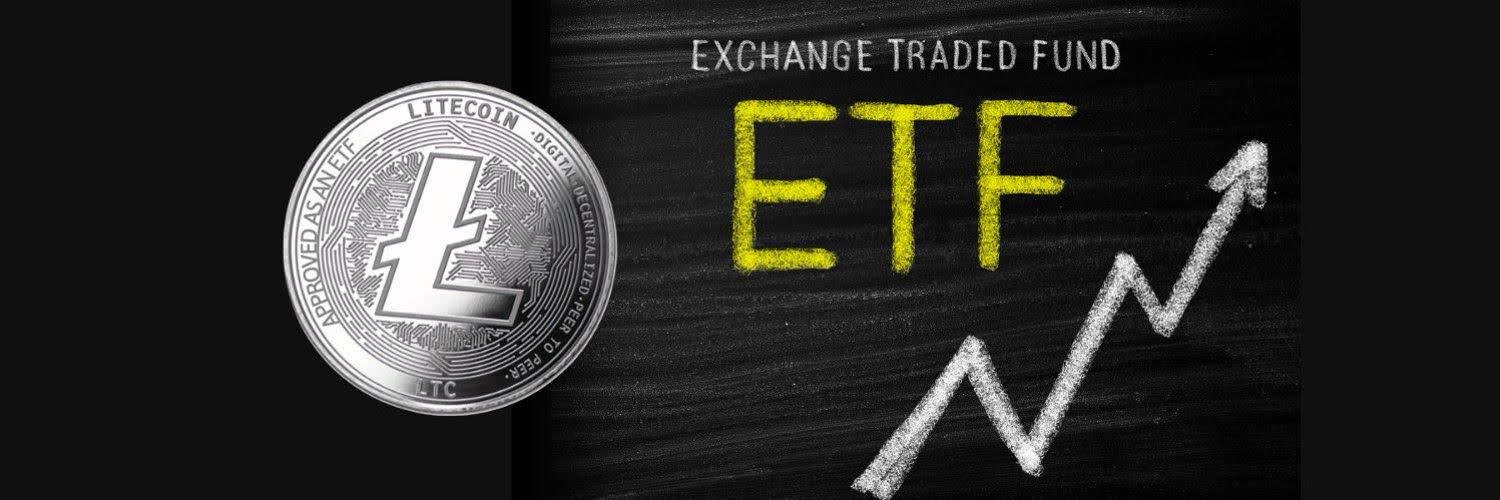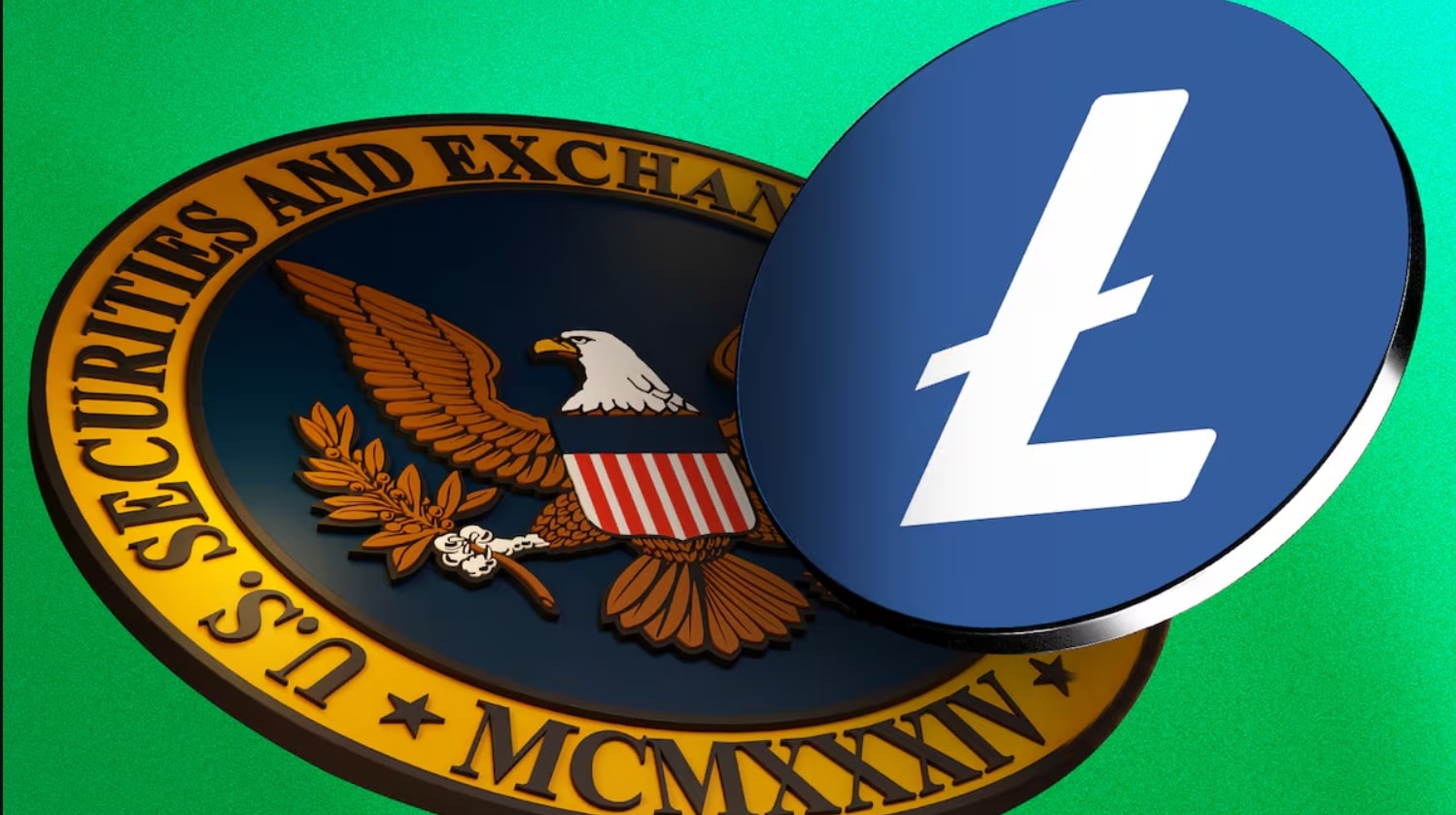Key Takeaways:
- The SEC is reviewing multiple proposals for a spot Litecoin ETF, sparking investor excitement.
- If approved, a Litecoin ETF could significantly increase accessibility and institutional interest in LTC.
- The ETF would allow users to trade Litecoin exposure via traditional stock markets—no wallets or private keys needed.
Following Bitcoin and Ethereum, Litecoin breaks into Wall Street as rally kicks off a possible place for a Litecoin ETF, which has now been submitted to the SEC, could be a game changer for both retail and institutional investors seeking regulated crypto exposure.


What Is a Litecoin ETF and Why Does It Matter?
Litecoin: The “Silver” of Crypto
Litecoin (LTC) is one of the earliest and most well-known cryptocurrencies, launched in 2011 by Charlie Lee. It was conceived as a faster alternative to Bitcoin, with quicker transaction times and lower fees, all with a proof-of-work model similar to that of Bitcoin. Described as the “silver” to Bitcoin’s “gold,” Litecoin is intended to be a more nimble currency for digital transactions.
Fast and efficient with 84 million LTC tokens in circulation, and 2.5 minutes per block on average, Litecoin has a strong commitment to speed. For all its years on the scene, though, it never quite felt like something that the broader consumer population would be building into its long-term financial planning — until now.
Understanding ETFs
Exchange-Traded Funds (ETFs) are investment vehicles that attempt to replicate the value of a set of assets. They are listed on classic stock exchanges and permit investors to gain exposure to an asset without holding it directly. ETFs are widely used for equities, commodities, and now, increasingly, cryptocurrencies.
A Litecoin ETF would enable investors to buy stock that represents the price of Litecoin without needing to worry about interfering with crypto wallets or exchanges.


Where Do We Stand Now?
SEC Acknowledges Spot Litecoin ETF Filings
On January 29, 2025, the U.S. Securities and Exchange Commission (SEC) officially confirmed receiving the 19b-4 filing by Canary Capital for a spot Litecoin ETF. The submission initiates a formal 240-day review. The ETF intends to custody the underlying Litecoin to offer investors direct exposure to its price.
Meanwhile, Grayscale Investments is working to reattribute its Litecoin Trust (GLTC) to a spot ETF. The SEC put this filing under review on February 6, 2025, giving Litecoin another push of momentum.
This is the first non-Bitcoin, non-Ethereum cryptocurrency to achieve this level of regulatory scrutiny around an ETF product.


Read More: SEC Puts Grayscale Litecoin ETF on Hold: Key Decision Now Pushed to Late 2025
How a Litecoin ETF Would Work
Two Main Structures: Physical vs. Synthetic ETFs
A Litecoin ETF could come in two possible forms:
- Physically Backed ETF: The fund holds real Litecoin in custody. Investors gain exposure to the actual performance of LTC.
- Synthetic ETF: The fund uses derivatives (such as futures or swaps) to mimic the price movements of Litecoin. These are less common for crypto assets due to high regulatory scrutiny.
Market Makers and NAV Alignment
To ensure that ETF share prices track Litecoin accurately, market makers—large trading firms—step in to manage supply and demand. They then arbitrage those price differences, making sure the price stays roughly in line with the net asset value (NAV) of the fund.
The NAV is figured by how much the fund holds Litecoin minus any fees, then divided by the total number of outstanding shares in the ETF.
Why Investors Are Watching Closely
Access Without Hassle
A Litecoin ETF makes crypto exposure easily and readily available through regular brokerage accounts (as well as familiar in the case of some). That translates to no private keys, no wallets and no crypto exchanges, all of which can be intimidating to or risky for traditional investors.
Regulation = Legitimacy
Regulated by financial authorities, ETFs offer a level of security and transparency that direct crypto investments often do not provide. This opens the floodgates for institutional money to enter Litecoin.
Liquidity and Diversification
ETFs are traded throughout the day just like stocks, providing liquidity and price transparency. A Litecoin ETF would also serve as a useful tool for diversified portfolios seeking exposure to digital assets outside of Bitcoin and Ethereum.
The $10 Billion Question: How Big Could It Get?
Analysts say approval could unleash billions of dollars in capital flows. Bloomberg Intelligence is projecting the total crypto ETF market to exceed $50 billion of assets under management by the close of 2025 and if Litecoin is one of the first altcoins to achieve this ETF status, then imagine the portion of that pie it would be able to secure.
Litecoin has a total market value of about $7 billion, roughly five times it was in November 2017, so much of an influx of institutional funds of any size could result in whiplash.
Risks and Limitations to Watch
Market Volatility
Cryptocurrency prices are famously volatile, and an ETF doesn’t eliminate that risk. Investors could still see deep price swings, particularly in the midst of broader market sell-offs or crypto-centric events.
Tracking Errors and Management Fees
However, ETFs might not perfectly replicate Litecoin’s performance, for a couple of reasons:
- Management fees
- Custody costs
- Operational expenses
These tracking mistakes can wear away at returns over time, particularly in choppy markets.
Regulatory Uncertainty
Although the filings have been acknowledged by the SEC, it isn’t clear approval will be forthcoming. Decisions could be postponed, modifications requested or proposals rejected over fears of market manipulation, or a lack of surveillance-sharing agreements with crypto exchanges.
Read More: 21Shares Files for Dogecoin ETF in U.S. as Crypto Market Eyes Institutional Momentum
Leave a Comment